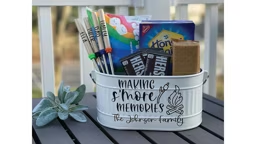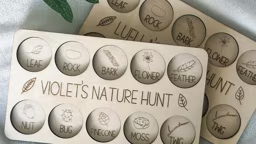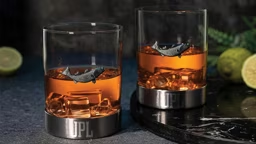
The air is cold and crisp. The sky is so blue it looks like you could swim in it. Add 3 inches of fresh snow and it’s the perfect time to grab a pair of cross-country skis and head out to explore familiar environments enveloped in a white blanket — your very own winter wonderland.
If it’s been a few years since you’ve spent time on skis you’ll be happy to know that cross-country skis, boots and bindings have really improved. So get out and glide — and really enjoy this winter!
Skis
The selection of skis has never been greater. There are skis for every possible trail environment. You can choose from classic, skate, light touring and backcountry models. The traditional classic style and skate skiing are both best suited to groomed trails found at ski centers or resorts — in fact, many cross-country ski centers groom their trails for both classic and skate ski enthusiasts.
Classic style trails have parallel tracks groomed into the snow to guide your skis. Classic skis are long, thin and surprisingly light. The classic skiing technique is easy to learn; think of it as putting one foot in front of the other and adding a bit of glide. You can enjoy the classic ski experience the first time out and spend years refining your skills.
Skate skiing takes more skill, but if you want the sensation of flying over the snow, a few afternoons of lessons can get you started. Skate skiing techniques require shorter skis that are easier to control. Think of the way you move when you’re inline skating in the summer and that will give you an idea of what skate skiing is like if you’ve never tried it. It’s great fun — and great exercise.
If you want to explore from your cabin door, backcountry or touring skis are your best choice. These wider skis help you float over deep snow and offer more control on hills. The boots, bindings and skis are a little heavier than classic or skate versions, but the added support will help when you get deep in the woods.
Best of all, women no longer have to settle for smaller versions of men’s equipment. All major ski manufacturers offer complete lines of women-specific skis.
And for skiers who aren’t interested in learning waxing techniques, waxless ski bases are available. Going waxless means you have the ultimate in convenience, and you’ll be ready to ski in any type of conditions – unlike wax-based skis that require different types of waxes for different weather and snow conditions. Recent advancements in waxless design now mean that you won’t lose as much performance as you would have previously compared to wax-based skis.
The Paper Test
Whatever ski you ultimately choose, make sure it passes the “paper test,” meaning you should strap on your skis in the showroom and have someone attempt to slide a piece of paper under the center of the ski. The paper should slide easily underneath when your weight is balanced on both skis. Once you lean your weight on one ski, however, that paper should be unable to slide under.
Bindings
They’ve come a long way, baby. The traditional three-pin bindings of the past were bulky and made for start and stop slogging even on meticulously groomed trails.Today’s step-in and click systems, however, are solid, consistent and easy to use. They provide a solid connection between boot, binding and ski and allow for efficient gliding.
However, many backcountry models still use the three-pin binding for added support, and major manufacturers often have their own specific type of binding system — so avoid mixing and matching. One brand of boot might not work with another brand of binding.
Boots
Current boot designs and graphics make you look fast before you even start moving. However, you’ll probably only have one item on your must list when buying ski boots — comfort. Thankfully, today’s boots are constructed from men and women’s specific casts that offer a more precise fit and employ efficient insulation, snow cuffs, strategically placed padding and stiffer soles to keep your feet toasty and comfy. Now it’s easier than ever to stay on the trail as long as you’d like.
Poles
Even ski poles have evolved. With shafts constructed from aluminum and carbon fiber, current ski poles are feather light. Improved handle designs and strap systems provide a secure grip, more control and faster skiing.
Apparel
You could still glide across the snow in a warm sweater and wool knickers, but why? There are so many better options than itchy leggings, and consider saving the sweater for relaxing by the fireplace after the skiing is finished.
Today’s apparel systems alternate layers of natural and synthetic fabrics that wick moisture away from your body. Lightweight, wind-resistant shells allow the moisture to pass through and evaporate while keeping the winds chill away. The current collection of ski tights keeps you warm, dry and supports your legs to prevent major muscle fatigue.
You could also wear snowpants or skipants if tights just aren’t your thing.
For More Info
For more advice on what to buy and improving your technique, visit the website of SnowSports Industries America, www.snowlink.com.
Editor of Cross Country Skier magazine, Lou Dzierzak has not yet succumbed to ski racing fashion by purchasing a one-piece skintight Lycra ski suit.










